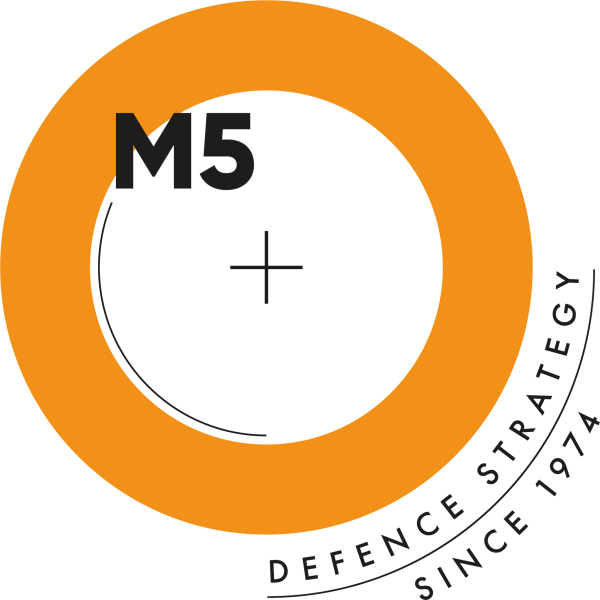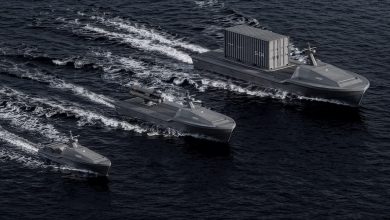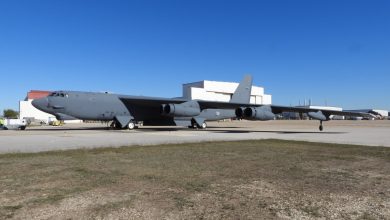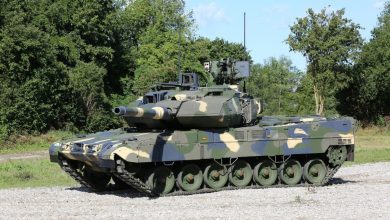Japan may provide engines for Germany’s Taurus missiles
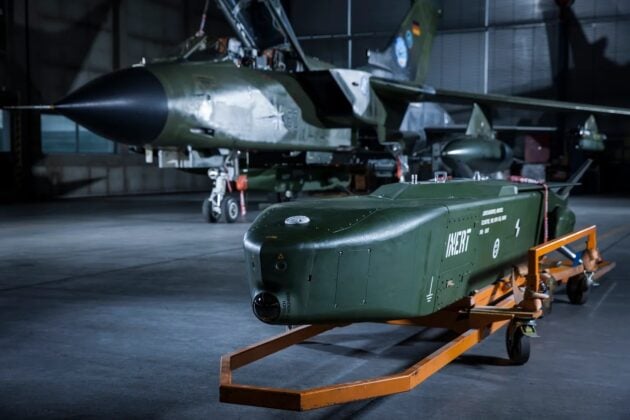
Japan’s Kawasaki Heavy Industries and German defense firm Taurus Systems GmbH are in early discussions on technical cooperation for cruise missile engines, according to several sources familiar with the matter.
As reported by Reuters, Taurus has expressed interest in Kawasaki’s compact, fuel-efficient turbofan engine currently under development for Japan’s next-generation anti-ship missiles. The engine is described as lighter and more efficient than existing models, offering improved range and integration flexibility for advanced cruise missile designs.
According to individuals with knowledge of the talks, both companies signed a memorandum of understanding in Tokyo during the DSEI Japan 2025 defense exhibition in May. The MOU outlines a framework for potential cooperation ranging from upgrades to the current Taurus missile system to co-development of a new air-launched cruise missile platform.
Taurus Systems, whose cruise missiles are compatible with fighter aircraft like the Tornado and F-15, currently uses engines from U.S.-based Williams International. The sources say the company is exploring alternatives as part of a broader European effort to enhance missile performance and supply chain autonomy.
“The cooperation could take multiple forms,” one of the sources told Reuters, noting possibilities such as joint development or future modifications to existing Taurus variants. However, engine exports remain sensitive under Japan’s current defense equipment transfer restrictions.
Japan’s Three Principles on Transfer of Defense Equipment and Technology strictly limit the export of complete weapons systems and critical components. A separate source explained that direct engine exports would be difficult, but joint development — under government authorization — could proceed legally within existing policy frameworks.
Kawasaki Heavy declined to comment when contacted by Reuters. MBDA, the European defense group that owns a stake in Taurus, also said it had no comment at this stage. Japan’s Acquisition, Technology & Logistics Agency (ATLA) noted it does not comment on individual project negotiations, but emphasized that “any transfer would be subject to strict review under the Three Principles and operational guidelines.”
The current Taurus KEPD 350 cruise missile has a range of over 500 kilometers and is launched from fighter aircraft. The missile has been under renewed public scrutiny amid ongoing debate in Germany over potential transfers to Ukraine. German Chancellor Friedrich Merz, who took office in April, has expressed support for supplying Taurus missiles to Kyiv. Russia has warned that such a move would be viewed as direct military involvement by Berlin.
In a related development, Reuters reported in September that the German government plans to seek parliamentary approval by the end of the year for around 81 defense-related projects, including procurement of Eurofighter jets and modernization of the Taurus missile system.
Germany’s armed forces are planning to acquire approximately 600 units of the “Taurus Neo”, a modernized variant of the missile, with deliveries expected to begin in 2029. In addition to Germany, both Spain and South Korea currently operate the Taurus missile.
Kawasaki’s engine, still in development for the Japan Self-Defense Forces’ island-defense missile program, is a small turbofan unit optimized for extended-range operations. Japanese sources describe it as offering longer range and better efficiency than existing models — a performance profile that has drawn interest from Taurus engineers.
